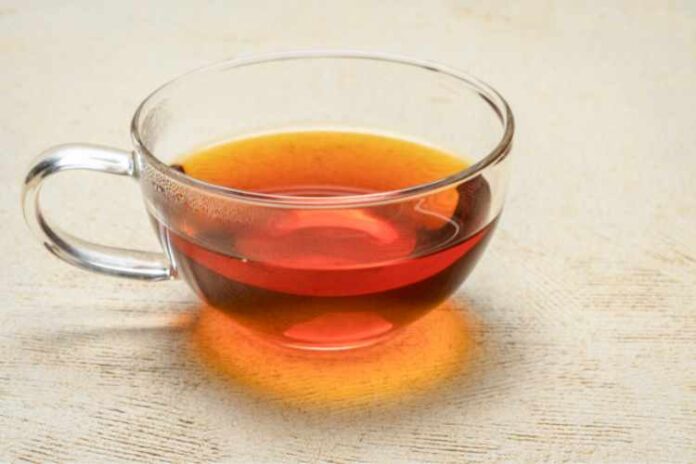Decaffeinated tea is a tasty option for tea lovers that comes with that caffeine kick. If you have stimulant sensitivities, you’re pregnant, or caffeine simply leaves you jittery after too many cups, this type of tea is one that offers great taste without feeling wired afterwards.
Decaffeinated tea refers to tea that has undergone a process of decaffeination. This increasingly popular beverage option offers a great deal, but have you ever wondered how it’s made? Exactly how do they remove the caffeine? We offer some insight now as we delved into some of the methods that are used by manufacturers.
The Methods Used to Create Decaffeinated Tea
A number of decaffeination techniques can be used. Here are some of the most popular ones.
Ethyl Acetate Decaffeination
When seeing decaff tea brands put ‘naturally decaffeinated’ on their packaging, it often means that they’ve used ethyl acetate to remove it. They’re able to say it’s a natural process due to the fact that ethyl acetate exists within tea leaves already.
As part of this method, the leaves are soaked in the chemical, but the option presents a problem – how to remove the ethyl acetate after decaffeination is complete. The problem is, it’s nigh on impossible to do so, resulting in a taste that’s often more bitter than it would be otherwise.
Carbon Dioxide Decaffeination
Another option is the carbon dioxide removal method. This is popular among many major brands due to how natural the process is. It’s favored because, unlike ethyl acetate, it results in very little change in flavor profile or in the benefits to health provided.
Decaffeinated tea created using the super-critical CO2 method is put through high pressure and temperatures, something that achieves the job without harming the leaves in any way.
Water Decaffeination
While water processing is primarily used in the decaffeination of coffee, some manufacturers use it to do the same to tea. It’s a technique that involves again soaking the leaves in water, which is then passed through a carbon filter after the leaves have been taken out.
The flavors are returned to the leaves when that same water is readded, but it sometimes results in a weakness of flavor.
Methylene Chloride Decaffeination
Another method that’s quite like the ethyl acetate technique mentioned earlier is methylene chloride decaffeination. While it is similar, it retains flavor better than ethyl acetate, but again, it’s hard to fully remove all traces of the chemical from the leaves – which raises some safety concerns.
That’s why the FDA oversees manufacturers who use this method, and the EU bans their use entirely. In the case of the FDA, strict guidelines need to be met.
Decaffeinated Tea – Who Knew It Was This Interesting?
Next time you look at a humble cup of decaf tea, just think about the effort that has gone into making it. Tea leaves don’t come decaffeinated, so some bright spark had the idea to come up with the various methods we’ve covered here today.
We think you’ll agree, it’s a fascinating subject and one of just many reasons why tea is loved the world over.




